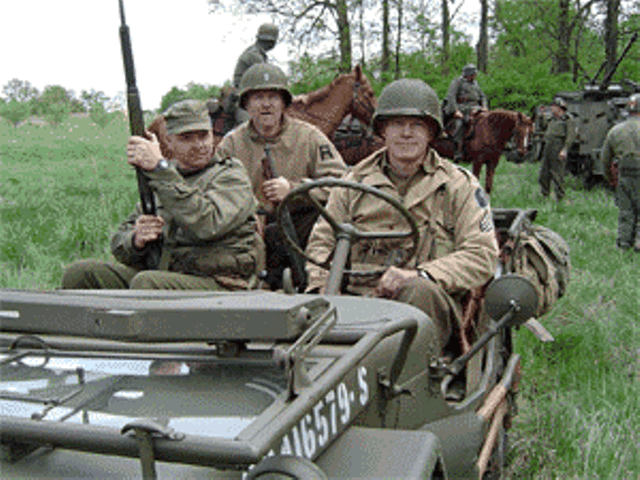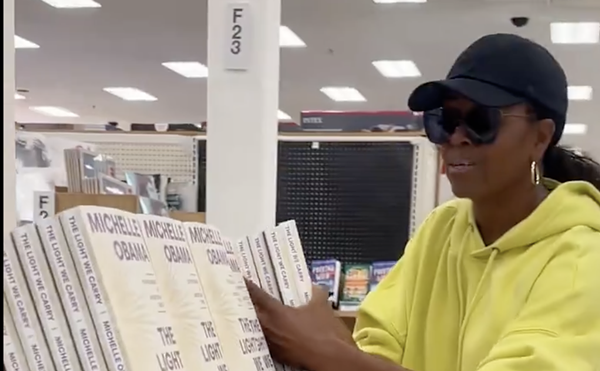This evocative sensory experience is one of the highlights of Philip Boehm's Alma en venta/Soul on Sale, presented by Upstream Theater. The story line is slim: The painter Arcadio Rogers Rodriguez searches for inspiration as a deadline for an art show approaches. He is visited by his art dealer, a muse, a model, an angry girlfriend and the ghost of his mother as he explores the "border-land" of his identity as a Mexican-American artist.
Jerry Vogel portrays Rodriguez with convincing frustration and passion and proves adept at puppetry and guitar playing. He's saddled with the script's most difficult passages, which require him to address the audience directly and explain aspects of art history or details about mixing paint. The sections tend to drag not because of Vogel's delivery, but because they bear little relationship to the action of the play.
Magan Wiles plays all the female characters, giving each distinct vocal and physical characteristics. As the model she's winsome; as the muse she's unpredictable and sexy, stirring inspiration in Rodriguez as they sing a duet about the "Tree of Great Forgetting." As Mary, Rodriguez's pissed-off girlfriend, she's sassy and strong, as the artist's mother she's full of wisdom and humor, carrying an archetypal Mother's Purse that contains not only food and clothing for her struggling son, but also an iron, a sewing kit and candles to be lit in prayer. Boehm's script grows confusing near the end, when several of these characters seem to merge in a murky plot twist, but through it all, Wiles remains confident.
Don McClendon is the third actor in this strong trio of performers, playing the art dealer who pushes Rodriguez out of his artist's block and into a period of creativity. McClendon joins Wiles and Vogel in an evocative musical number that's beautifully sung and staged. The music and sounds, provided by Soltanshahi on various instruments, nicely underscore most of the scenes, but nature proved more powerful than art as first rain and then hail interrupted the show on the night I went. People on both sides of the stage took the weather in stride, waiting patiently for the storm to pass. The stop-and-start nature of the show on this particular night reinforced the unique nature of theater as an art form — unlike a painting, which can be viewed multiple times and retains a physical presence over time, theater exists only in the moment it is created, and then lingers in a memory.
This 85-minute intermissionless show may be most appreciated by painters and art students who can identify with the struggle to produce art, to coax truth or beauty or soul onto a canvas with paint and brush and inner vision. For the rest of us, the experience lives on a border between art forms — a theatrical tribute to a fictional painter, supplemented by excellent music but stylistically confusing. Is this abstract art or realistic portraiture? A poem or a story? In investigating "borders," Boehm tries to raise intriguing questions, but his play gets lost in its own meandering journey.





